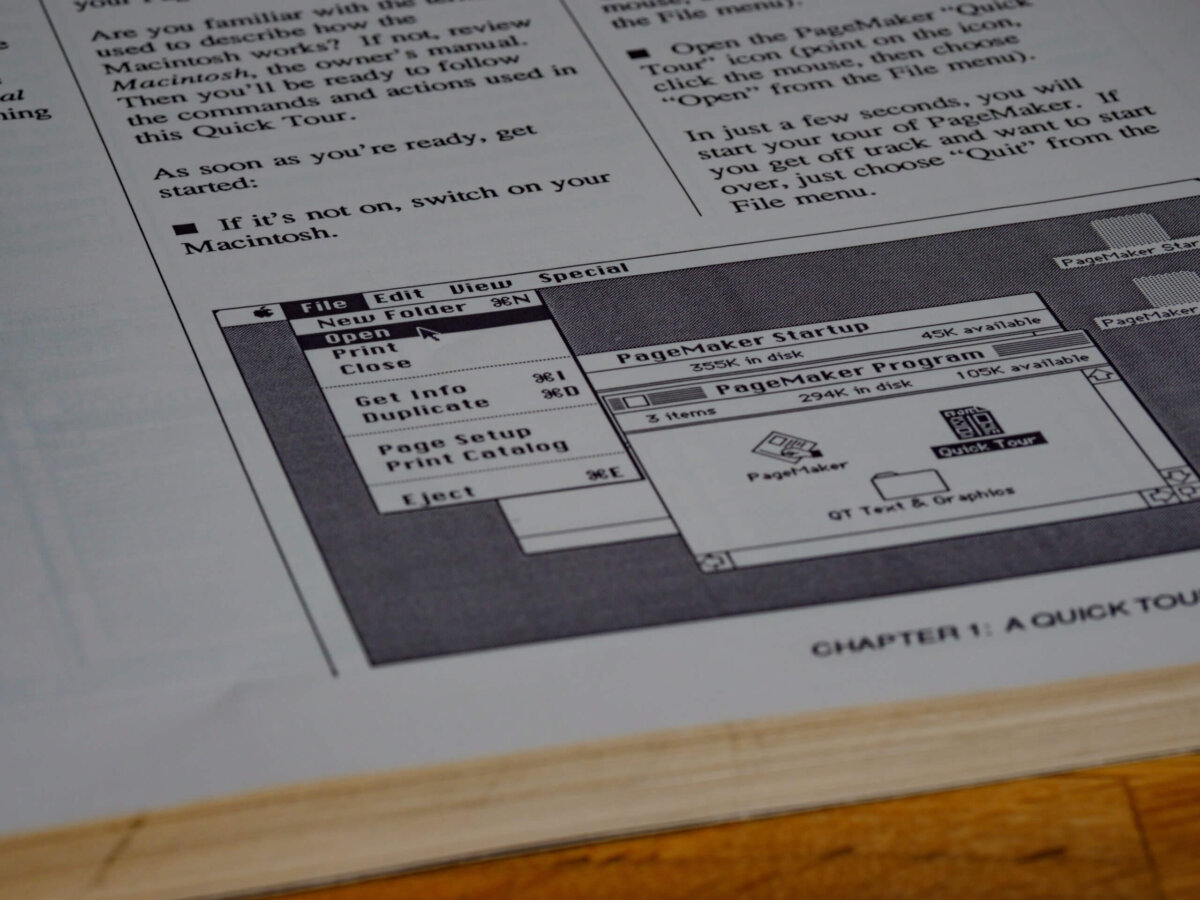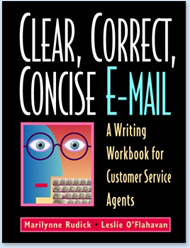You probably don’t think about hyphens until they cause trouble. For example, here’s the work description I recently got from a landscaper:relay flagstone. The absence of a hyphen completely changed the meaning from laying again (re-lay) to passing something along to a person (as in relay race). There’s this classic: “I resent the e-mail” rather than the intended “I re-sent the e-mail.”
Hyphens are a conundrum. Traditionally, you’ve had three choices: hyphenate (real-time), two words (real time), one-word (realtime). We now see a fourth choice: camel case—two words smashed together with the first letter of the second word capitalized (realTime). Given the confusion over the three traditional choices, I predict the increasing popularity of camel case—avoiding the hyphen dilemma completely.
There are few hard-and-fast hyphen rules. That adds to the confusion. Many hyphen decisions are governed by style conventions. For example, most—but not all—style guides call for hyphenating compound words when they function as an adjective before the noun: time-sensitive report. But if the compound follows the noun, no hyphen is used: The report is time sensitive. Even more confusing, words often evolve going from two words or a hyphenated compound to one word: web site, web-site, website. And we’ve seen how quickly e-mail morphed into email.
It’s not just the writing class that finds hyphen confusing. So does the ruling class. No less an authority then Angus Stevenson, editor of the Shorter Oxford English Dictionary (a two-volume “Cliffs Notes” of the 20-volume Oxford English Dictionary), ditched 16,000 hyphens in the most-recent 6th edition (September 2007). “People are not confident about using hyphens anymore,” he said. “They’re not really sure what they’re for.”
So, are hyphens obsolete? Can you use them willy-nilly? Before you jettison the hyphen, consider the hyphen’s most important raison d’être: clarity.
- Use a hyphen to avoid ambiguity (relay / re-lay; re-sent / resent).
- Use a hyphen when it clarifies the meaning (little used car / little-used car; twenty odd people / twenty-odd people).
- Use a hyphen to avoid “letter collision” (shelllike / shell-like).
- Use a hyphen to indicate that the word is con-
tinued on the next line. (Happily we don’t have to think about this too often since most word processing programs hyphenate automatically.)
Need more hyphen guidance?
- Consult an up-to-date dictionary, such as Dictionary.com or the Shorter
Oxford English Dictionaryto see whether the word is normally hyphenated. - Reference the Chicago Manual of Style’s guidance on Compounds and Hyphenation.
- Read “A Little Used Punctuation Mark” in Eats, Shoots & Leaves.
The author, Lynne Truss, gives practical and witty advice, including this caveat from an old Oxford University Press style guide: “If you take hyphens seriously, you will surely go mad.”
— Marilynne Rudick (guest blogger)
Tags: Editing, Grammar and usage, Writing, Writing resources







0 Comments